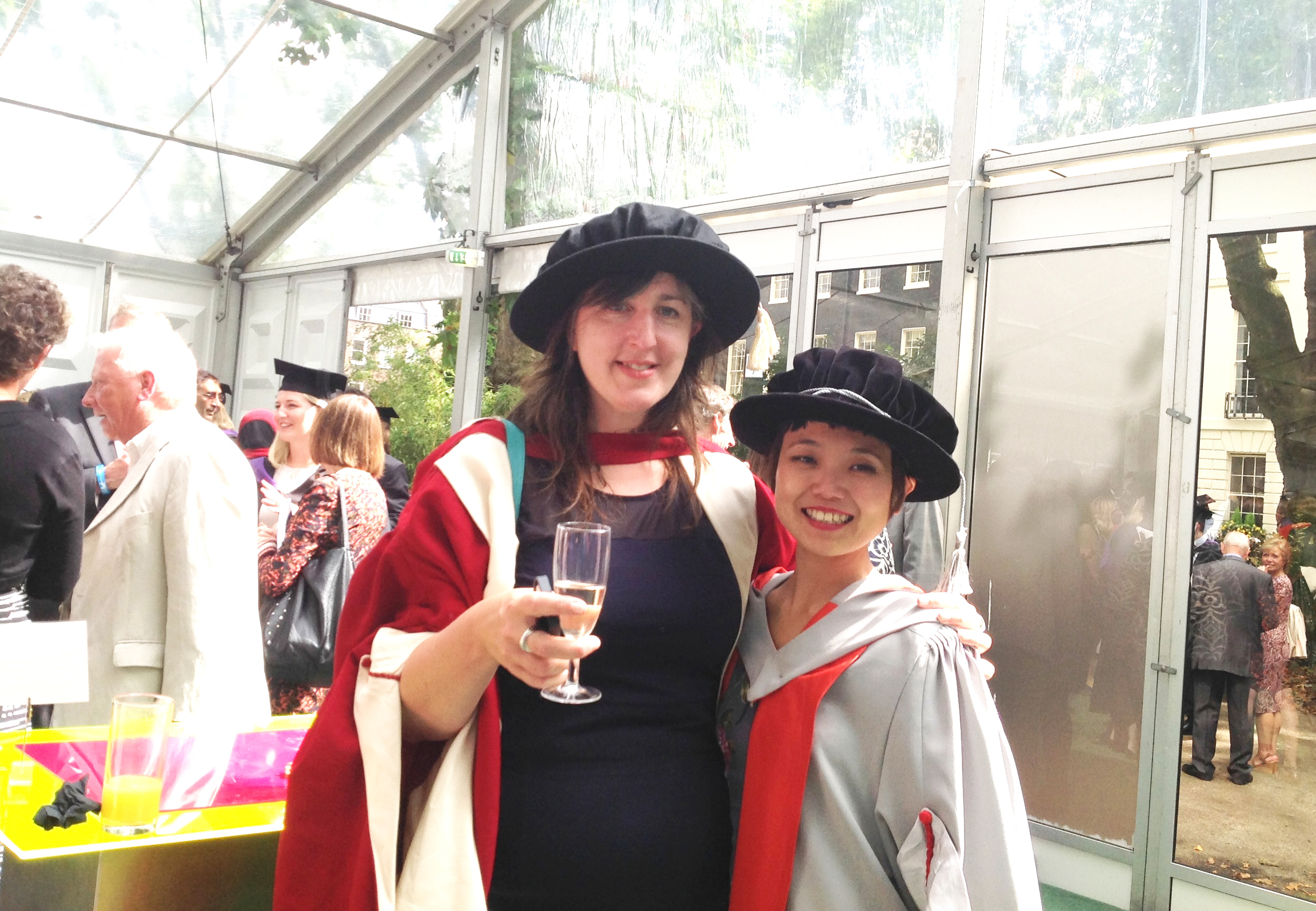Today, 24 April, is my birthday. Yet again. So I think about life and death and the running time of my life. And decide to share something from my PhD thesis, The Physical and Poetic Processes of Running: A Practice-Related Fine Art Discourse. The extracts may seem jumpy/abrupt as they relate to other parts of the thesis. (And of course, every time you [I mean I] re-read something you [I mean I] have done, you [I mean I] want to cut it up into 5 billion pieces and re-write it… … and then realise that time is actually running out and that you [I mean I] should go attend to the 6 billion other chores. And that insight/nugget of wisdom, my dear readers, comes with age.) (NB I coined the word ‘trans-running’ to refer to ‘running’ in both the physical and poetic senses, and to running both as a concept and action, and as something transgressive and potentially transformative. I still stand by what I was arguing for, but I cannot stand the term. To coin an academically-sound jargon, ‘it sucks’.)

Jean Baudrillard is wrong to say that runners are ‘all seeking death’ (1989, p.19). With its features of restlessness and playfulness, running may be a life-affirming worldview that frees us to think about the notions of life and death as organic and open-ended. And if indeed death (or life) is rendered as no longer something to be worry about, then we may perhaps really run free.
In Kaidie’s 1000-Day Trans-Run 2009-2012, death and life are elastic concepts that she toys with. Kaidie’s purpose of living was said to trans-run for 1000 days to find ‘A/The Point of Life’. Kaidie’s ‘mother’ died while giving birth to her, so Kaidie assumed the roles of mother, father and wayward child all at once. From the period of July to September 2012, Kaidie got involved in the ‘Nondon Olympics’. When her time finally ‘came’, Kaidie took her own life by running into the Olympic flames. Rather than sorrow, Kaidie ended on a ecstatic ‘high’, since she knew that it signified a new beginning. Her euphoria was enhanced by her ‘trans-runner’s high’, which was achieved after running diligently for 1000 days. The celebratory mood was intensified by the Games-induced feel-good atmosphere that pervaded Nondon then. However, before this ‘final’ death, Kaidie had freely left us – and returned to us – throughout the 1000-day journey. Kaidie also left behind several lose threads for us to pick up and work on. Until the end, many questions were left unanswered. What is ‘A/The Point Of Life’? Were there several points, or was it all pointless, like it was in Kaidie’s augmented-reality game with 10,000 Outcomes? Was it all a laugh, like Monty Python’s Meaning of Life (Gilliam & Jones 2004)? Was trans-running the means or end to the point of life? Was that it? Or, was Kaidie’s life and death a continuum? Was trans-running itself the point of it all?Has Kaidie moved on so that you, the next generation of trans-runner, can run this world? Was the task of transferring the message of trans-running to you the point of it all?
Kaidie aside, several people analogise running with life, growth, decay and death. After all, we journey forwards to the finishing line in a running session or race the same way we journey towards the finishing line, of death, in life. In a run, and in particular a race, many runners compete against themselves to beat their ‘personal best’. Of his record-breaking championship in his 100km race in 1981, Bernd Heinrich states that he was running it ‘all by myself, against myself’ (2002, p.266). Haruki Murakami similarly says:
‘For me running is both exercise and a metaphor. Running day after day, piling up the races, bit by bit, I raise the bar, and by clearing each level I elevate myself. at least that’s why I put in effort day after day: to raise my own level. […] The point is whether or not I improved over yesterday. In long-distance running the only opponent you have to beat is yourself, the way you used to be’. (2008, p.10)
In fact, Murakami’s What I Talk About When I Talk About Running can be read as a poetic discourse of running as a means to negotiate his mortality (2002 pp.18-152). In a tone that recalls Antoine in Jean-Paul Sarte’s existential classic, Nausea, Murakami writes that running allows him to think of his own progress (professional) and decline (physical) over the years (‘now here I am living in this unimaginable world’; ‘struck by how pitiful and pointless this little container called me is, what a lame, shabby being I am’; ‘sad spreadsheet of my life that reveals how much my debts far outweigh my assets’). In one self-deprecatingly melodramatic passage, Murakami describes watching ‘young blonde girls’ swinging their ponytails ‘proudly’ as they run, and distils from it the metaphor of how ‘one generation takes over from the next’. He allows them to overtake him, which is ‘the way it should be’, for, ‘this is how the world is handed over in this world’:
‘[…] I doubt I’ll ever be able to run the way I used to. I’m ready to accept that. […] And time does its job much more faithfully, much more accurately, than I ever do. Ever since time began (when was that, I wonder?), it’s been moving ever forward without a moment’s rest’. (2002, p.121)
Will these real-world niggles disappear if we were to run away to the digital gaming world? After all, online, we can kill enemies, save the world[s], get killed but be endlessly reborn. Referring to the aptly-named ‘Second Life’, technology writer Tim Guest observes:
‘In virtual worlds, we have conquered death, and the question of reincarnation has been resolved. If you “die” from a virtual sword or bullet, you simply reappear, perfect and whole, somewhere nearby’. (2008, p.17)
So invincible we are, that we can virtually kill off the bad idea of death itself. Paradoxically, Guest himself expired from the real world from a drug overdose, aged 34.
Perhaps a Daoist perspective of life and death could have relieved Guest. The Daoist world addresses longevity, mortality – and immortality – in a myriad of complex ways. Daoism’s focus on cultivation exercises, and highly-sophisticated research on medicine and alchemy are but two examples that attest to this. Then, there are many stories surrounding Daoist figures that stretch our imagination, as well as the notions of life and death. According to Daoist scholar Kristofer Schipper, Lao Zi regards life and death as circular, and death as transformation and renewal (1994, pp.116-166). He quotes the sage:
‘I transform my body, passing through death to live again… I die and am reborn, and each time, I have a [new] body’. (1994, p.116)
In fact, Lao Zi underwent nine transformations before he was born. He emerged as an old man – ‘Lao Zi’, meaning ‘Old Child’. In another version of such ‘continuous mutations’ and ‘joyful changing’, Lao Zi was born an orphan, with ‘neither parents nor children, neither lineage, nor country’, and ‘no tomb nor holy relics’. In yet another variation, Lao Zi’s mother died ‘[at] the sight of her offspring.’ In the ‘brief moment between birth and apotheosis’, in which life comes face-to-face with death, Lao Zi’s mother ‘reveals to her child the secrets of the art of immortality, of that ‘Long Life’ which the Old Child has just experienced in his mother’s womb’. It is in this state of ‘neither birth nor death’ that ‘a complete cycle of the cosmos was accomplished’, states Schipper. Lao Zi then became ‘his own mother’. All these tales, explain Daoist scholar Norman Girardot, highlight the ‘organic round of life and death’ is but a ‘rite of passage’ that ‘constantly involves moments of growth and regression, security and danger’ (2009, p.5). Schipper points out how philosopher Zhuang Zi similarly considers death and life ‘two phases of a cycle’, with an ‘alternation analogous to that of yin and yang’ (Schipper 1994, p.37). After the death of his wife, Zhuang Zi broke not into tears, but into a song. The sage explains:
‘If I were to follow after her bawling and sobbing, it would show that I don’t understand anything about fate’. (1996).
Schipper explains that for Zhuang Zi, death is but another stage of life, a continuation from ‘the time before she was born’, which itself was a stage after ‘the time before she had a body’, which was in turn after ‘the time before she had a spirit’. Like the ‘progression of the four seasons, spring, summer, fall, winter,’ death is merely ‘another change’. This celebratory view of mortality could have been why Qu Yuan wrote about suicide as a song.
Perhaps a conclusion can be drawn. Perhaps there is no need to fear death, for, it is but another stage of life, a new beginning of something else. Running can function as a conduit for us to think about life, and death. Running can also act as a trigger for us to think beyond the binary, and in so doing, perhaps come back to work on (this) life with (even) more gusto. Run on.


